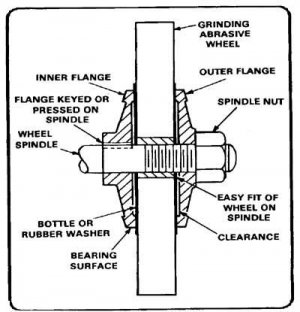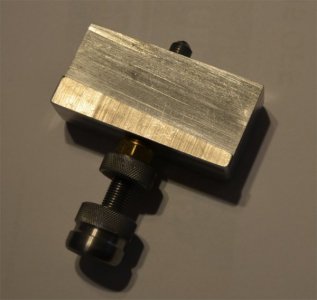- Joined
- Mar 26, 2018
- Messages
- 8,410
I bought a heavy 3/4 hp 8” bench grinder from Grainger. One side has the extended shaft for a buffing wheel, no guard, the other standard shrouded grinder with pedestal.
The wheel that came with it went in the garbage. I bought a Norton wheel, trued it up and now runs very smooth.
I haven’t been too impressed with Norton lately.
It seems they have the market cornered at MSC, Travers, Grainger etc.
Rodiac wheels are hard to find. In my experience
The wheel that came with it went in the garbage. I bought a Norton wheel, trued it up and now runs very smooth.
I haven’t been too impressed with Norton lately.
It seems they have the market cornered at MSC, Travers, Grainger etc.
Rodiac wheels are hard to find. In my experience



